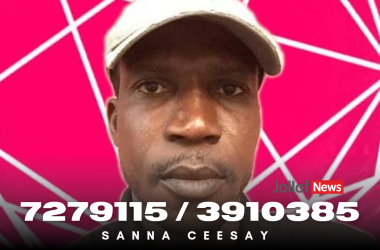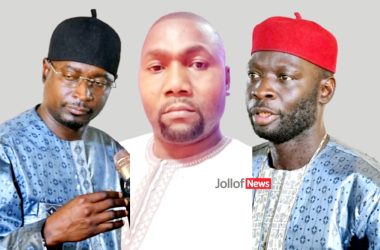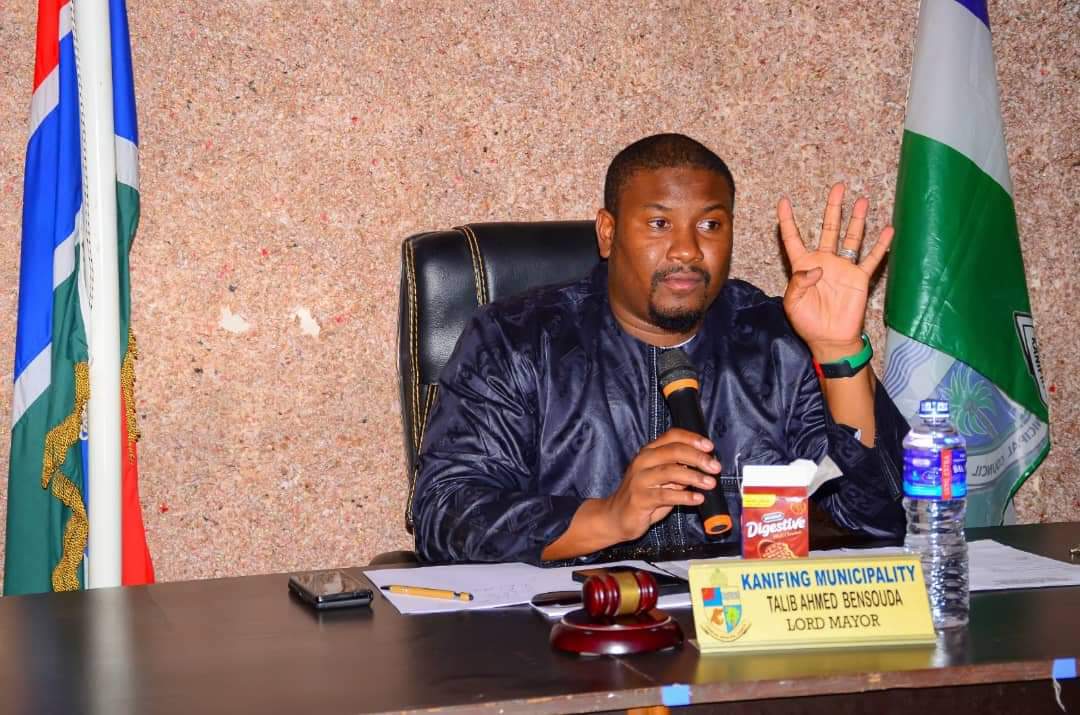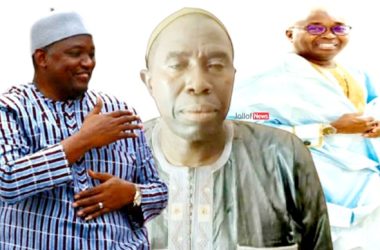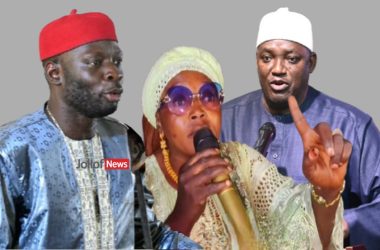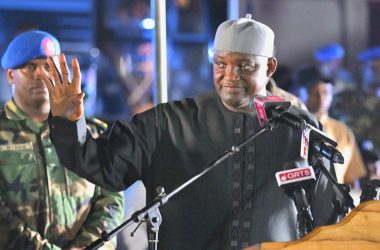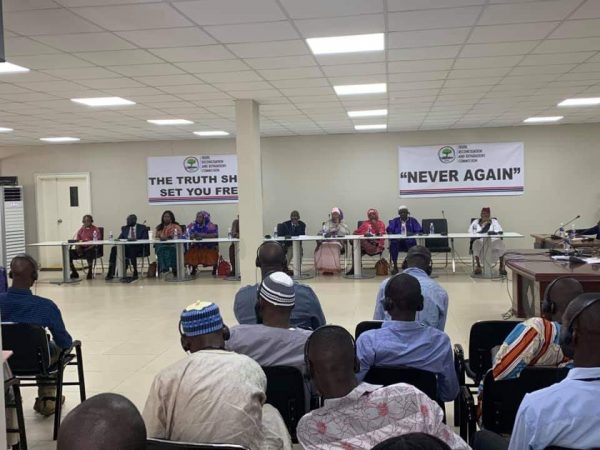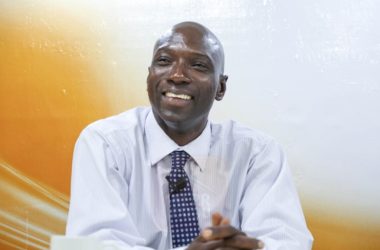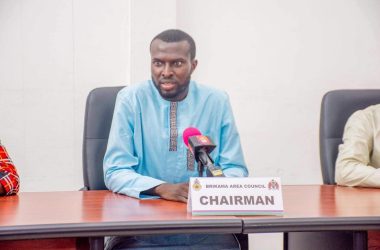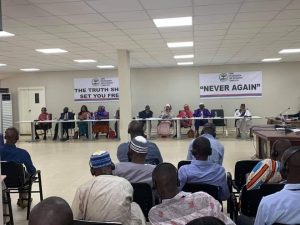
Every truth commission is an embodiment of multiple entities. It embodies the various aspects of the body politic in which it operates as well as any external entities that might have been affected by the human rights violations and abuses it is tasked to investigate. For example, in the case of The Gambia, the TRRC was an embodiment of the government, the people, and other governments and peoples (such as Ghana) that were affected by the human rights violations of the Jammeh regime. Within these categories, the TRRC embodied the personas of both victims and perpetrators. The fact that truth commissions embody all these different entities is why their independence and impartiality cannot be compromised if they should have any credibility at all. Where the violations reach the threshold of crimes against humanity, the truth commission will also embody the interests of the international community. Read more..
In addition to being an embodiment of these different entities, a truth commission is by nature Janus-faced: it faces both the past and the future at the same time. It looks to the past to discover what went wrong and to create a true historical record of such wrongs, and it looks to the future to ensure that the wrongs of the past are not be repeated. Through research, investigations and hearings, a truth commission uncovers the scope and nature of past atrocities. Through its findings and recommendations (and in the case of the TRRC its robust outreach activities), a truth commission brings out the systemic and cultural causes and enablers of impunity and points the way forward to a future of respect for human rights, human dignities and the rule of law, and a future in which the administrative, institutional and policy options of the society are designed and executed in an efficient and equitable manner.
A Janus-faced embodiment of different entities, a truth commission is also the impartial moderator of a crucially important and sensitive national conversation on the past and the future of a society. This is an extremely important function whose recognition and efficient execution determine the extent to which a truth commission has transformative effects on society. How effectively the truth commission moderates this crucially important national conversation is determined first, by its self-recognition as a transformative transitional justice mechanism; second, by the institutional structure it creates in order to maximize its efficiency; and third, by the communication strategy it develops and executes in order to effectively moderate the national conversation over past human rights violations and how best to prevent recurrence.
The historical evidence suggests that up until the emergence of the Gambian TRRC, not enough thought was given to these three prerequisites for the existence of a transformative truth commission process. This is not to say that significant successes were not registered by truth commissions in the past. Truth commissions in Latin America, such as the ones in Argentina, El Salvador, Chile, Guatemala, Nicaragua and elsewhere did a brilliant job of uncovering mass human rights violations and making recommendations that led to some prosecutions and a level of public determination to ensure non-recurrence. Significant successes were registered by some truth commissions in Africa such as the South African Truth and Reconciliation Commission (1995), as well as truth commissions in Chad (1990), Nigeria (1999), Rwanda (1999), Sierra Leone (1999), Ghana (2002), Morocco (2004), Kenya (2008), and Tunisia (2013), among others, especially in terms of uncovering the scope and nature of human rights violations in their recent pasts and of submitting final reports and recommendations to the establishing authorities. Levels of implementation of these recommendations varied widely, with several truth commissions having their reports and recommendations suppressed by the government, simply neglected, or only partially implemented.
A classic example of a successful truth commission was Argentina’s “National Commission on the Disappeared” (1983). Its work led to the prosecution of several perpetrators and its final report, published as Nunca Mas (Never Again), was a best seller in Argentina that galvanized the people against dictatorship and human rights violations and inspired the formation of truth commissions in other Latin American countries. South Africa’s Truth and Reconciliation Commission (1995) also registered significant successes, although to this day, the South African government has failed to complete the payment of reparations to victims or to implement other important recommendations made by the TRC. A classic example of a failed truth commission was Uganda’s “Commission of Inquiry into the Disappearances of People in Uganda” (1974). When the four-man commission submitted its final report to Idi Amin implicating his government in the disappearances and other rights violations, the Pakistani judge who chaired the commission was sacked from his job, a second commissioner was accused of treason and hanged, and a third commissioner fled the country. A second Ugandan truth commission, the “Commission of Inquiry into Violations of Human Rights” set up by President Museveni existed for over 10 years without making much headway.
Nearly all of the above truth commissions operated in the traditional mode of the truth commission as a body that simply investigated past human rights violations, produced a final report and made recommendations for criminal prosecutions, reconciliation, reparations and reforms designed to help prevent recurrence. They were all truth commissions in which most of the work of research and investigations, outreach, and listening to and recording witness testimonies was done by the commissioners themselves, supported by a thinly-staffed secretariat. Often because of the sheer volume of work involved and the limited time and resources available to them, the transformative impact of most of these truth commissions on society was modest or almost negligible. Yet, the magnitude of a truth commission’s transformative effects on society may be an important indicator of the extent to which human rights violations may be prevented from recurring in that society.
In a radical departure from this traditional model of truth commissions, the Gambian TRRC created an institutional structure, operational method, and strategic communication processes built on the twin principles of inclusivity and transparency that allowed it to be visibly transformative well before the completion of its work and submission of its final report and recommendations to the Government. The arrangements put in place – some under the TRRC Act and some at the commission level – allowed the TRRC to remain a fiercely independent embodiment of all relevant entities, to be a Janus-faced creator of an impartial history of human rights abuses, and to be a proactive and neutral moderator of an important national conversation on what went wrong in The Gambia under Jammeh and how best to prevent its recurrence, a principle best captured in the commission’s now widely adopted Never Again slogan.
The Author: Baba G. Jallow is former Executive Secretary of The Gambia’s TRRC
